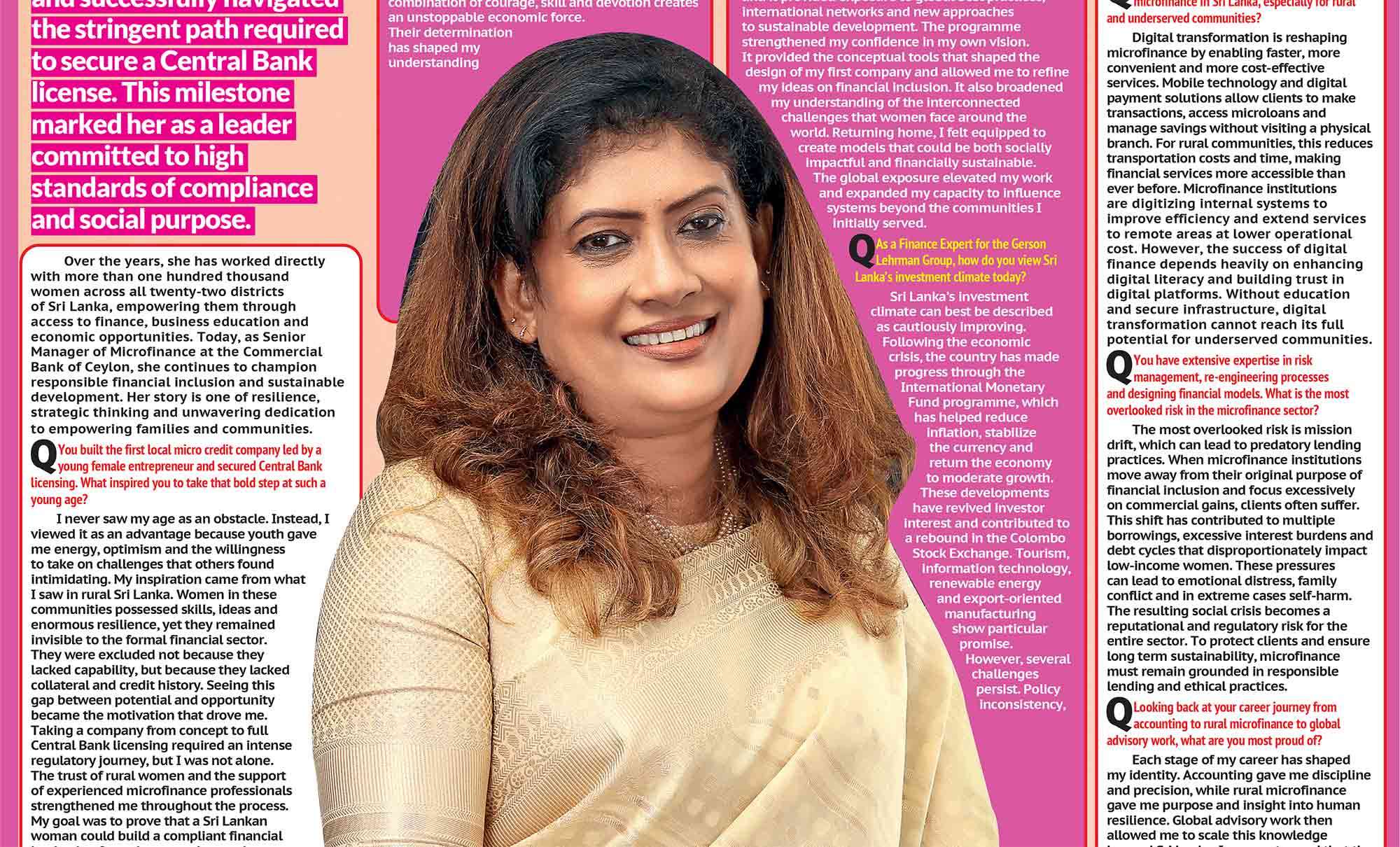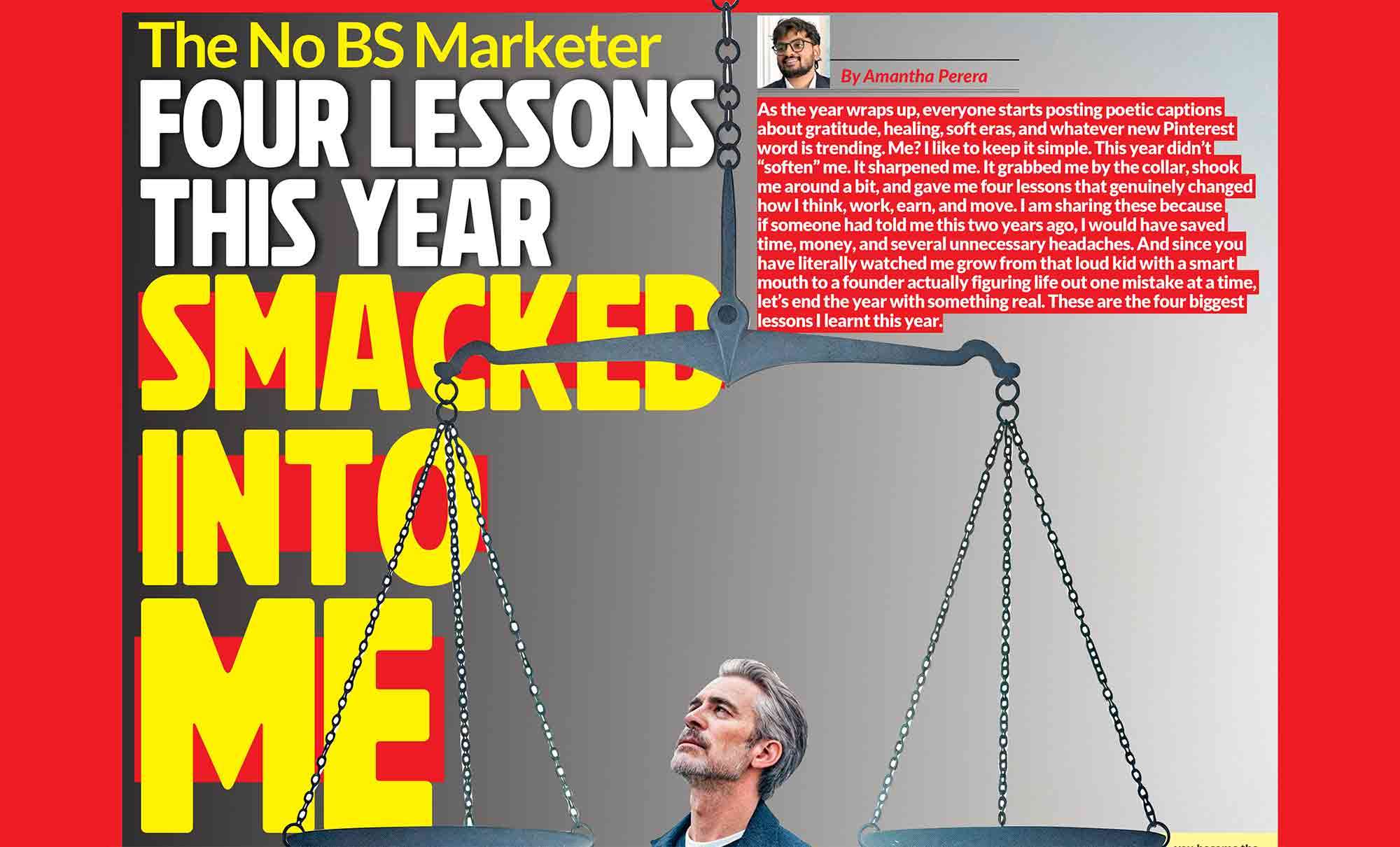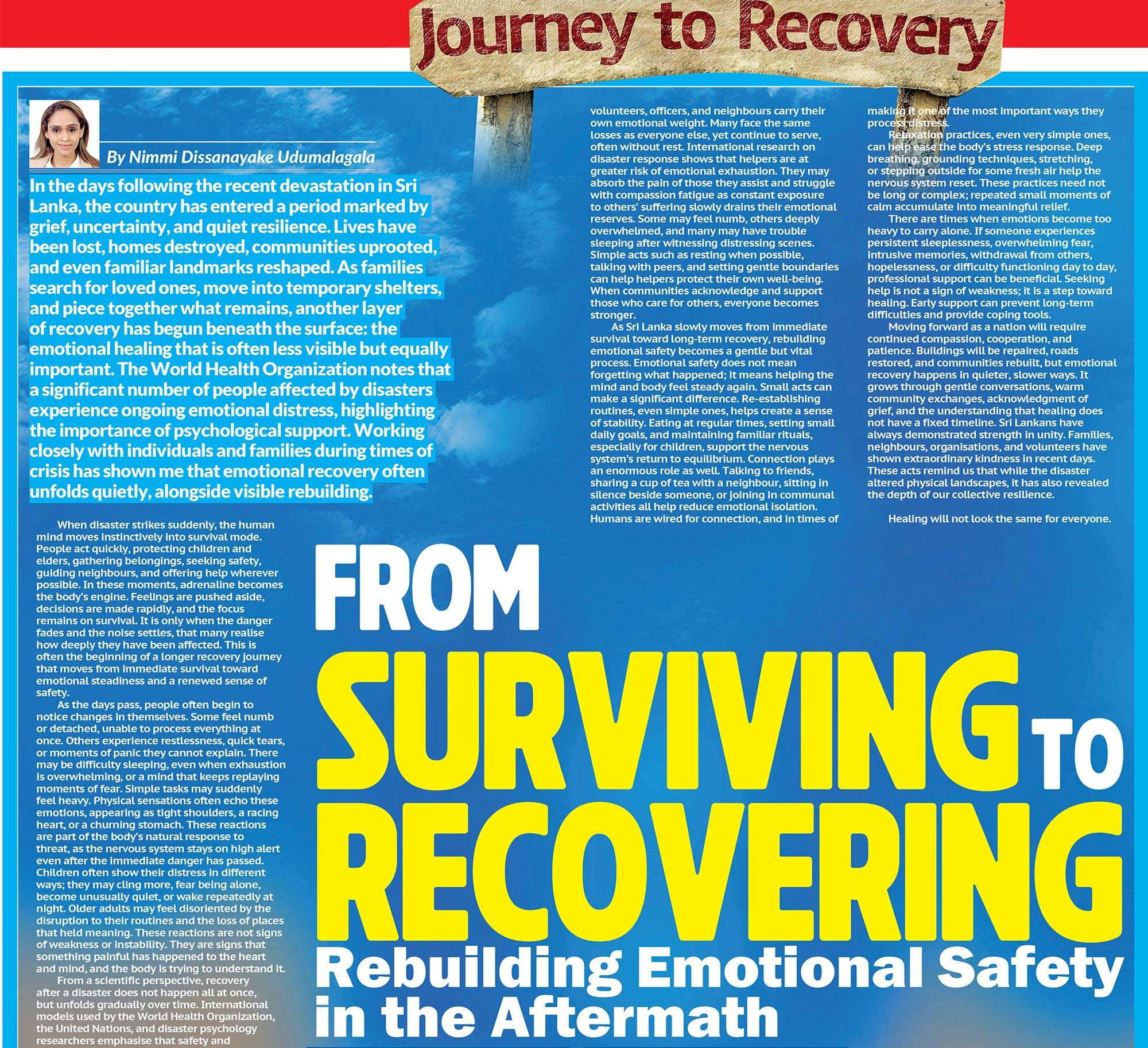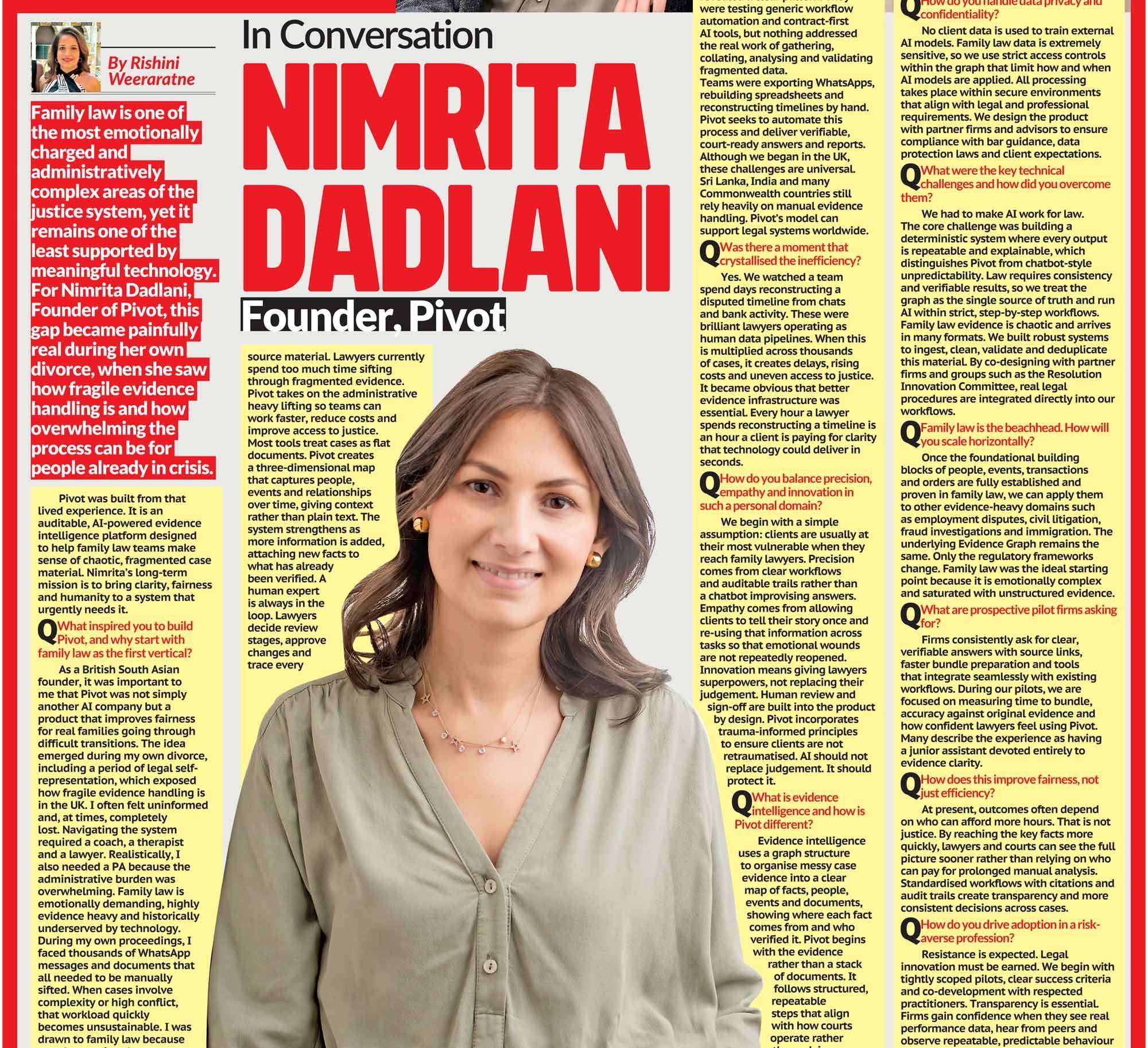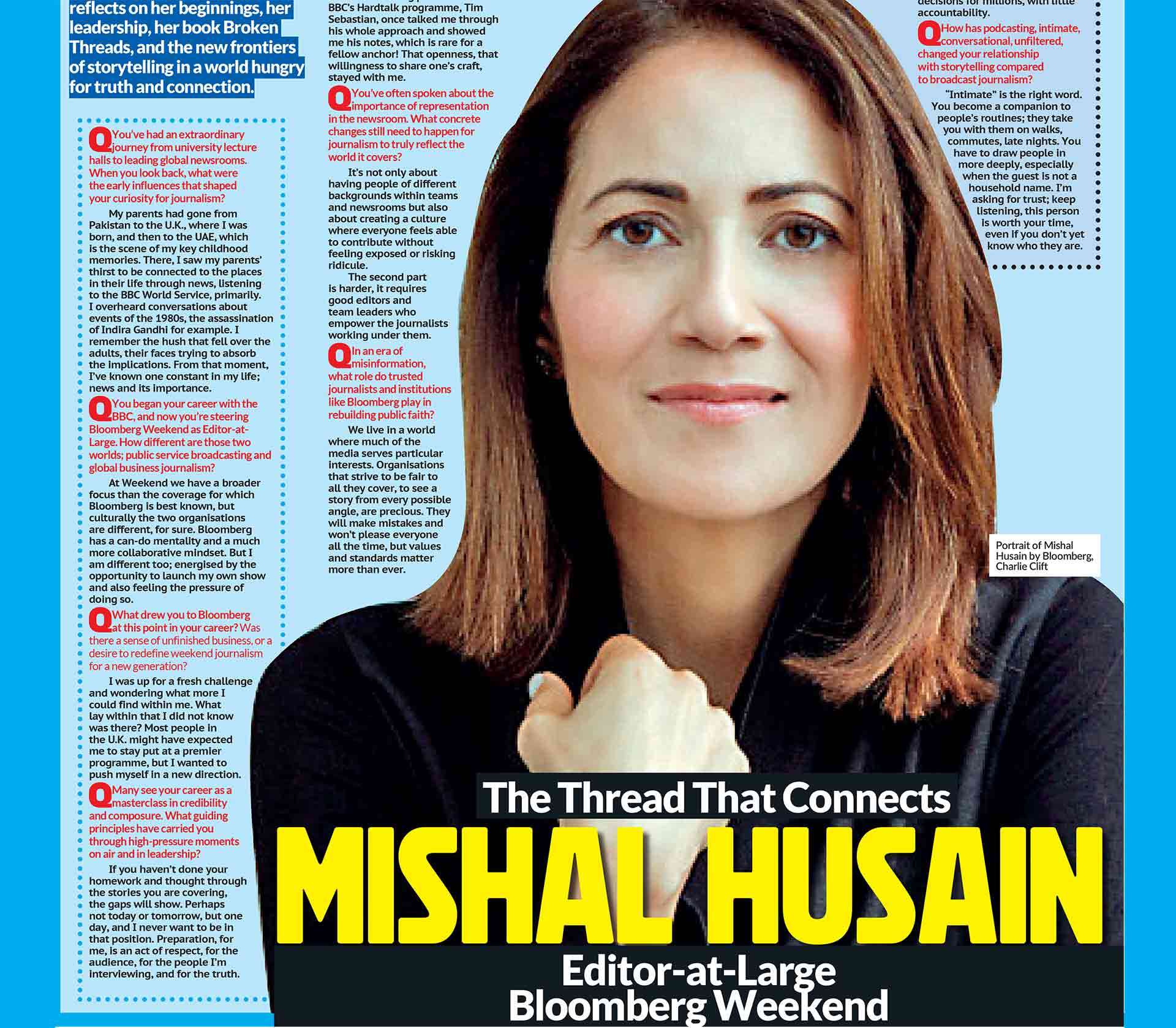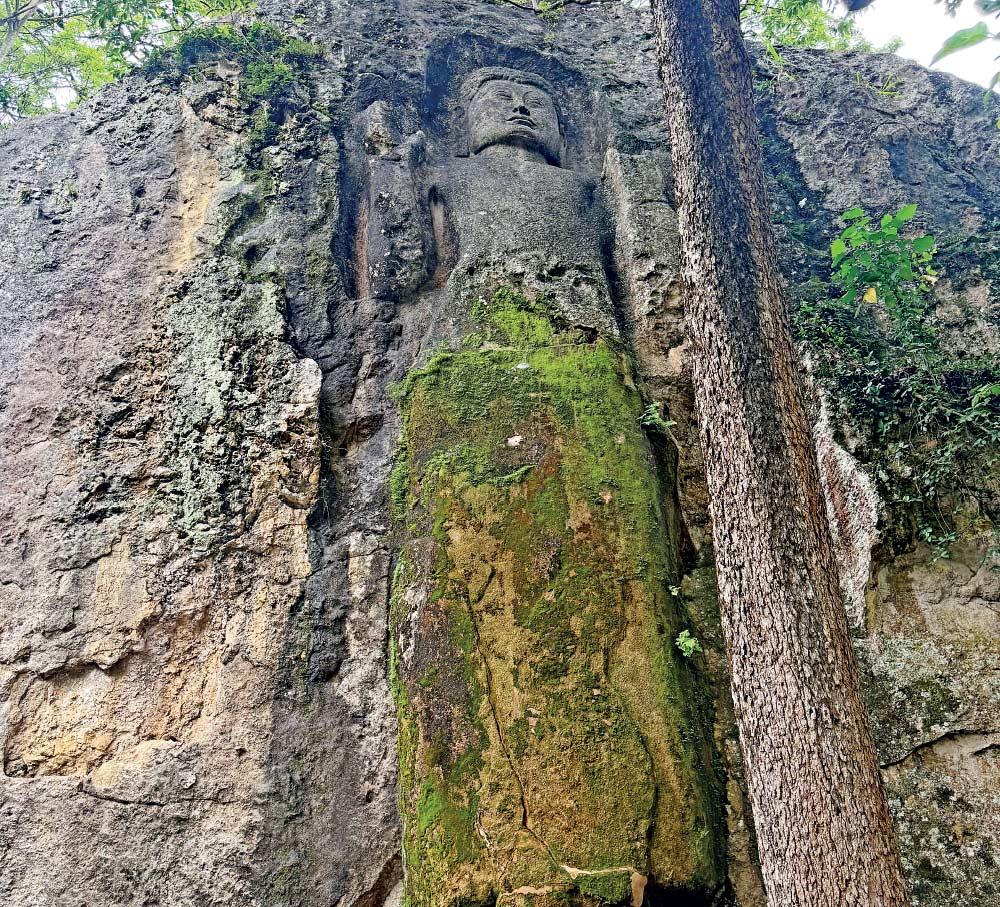

01
Where does history end and legend begin? In Sri Lanka, they often go hand in hand, fusing together to become a wondrous swathe of stories that border on fiction, but are always fascinating. Legend has it that our island has been home to a (supposed) ten-headed king, wise beyond his time and the creator of the world’s first aeroplane, and a shape-shifting queen who cast a curse so strong, it still affects us today. It has mountains which were part of the Himalayas and the tombs of Adam and Eve. Sri Lanka is shrouded in legend, but that only adds to its charm. Of course, if you dig a little deeper, you can ascertain what is real and what has been inflated over time, or what those exaggerations represent. However, I enjoy exploring this murky, mythical, mystical, historical past of ours. There are countless locations where history and legend intertwine. One such location, which is often overlooked, is the Dhowa Rock Temple. This ancient Buddhist temple has roots which date back to the 1st century BC and possibly even earlier, and it’s a great place to visit if you’re in Ella or Bandarawela.
02
A QUICK LOOK AT THE DHOWA ROCK TEMPLE
Tucked away in a quiet corner of the Uva Province lies a small town called Dhowa. Here, wedged between the foothills of rolling mountains and a burbling stream, is the Dhowa Rock Temple. Just off the Badulla-Bandarawela main road, from the outside, it doesn’t look like much. In fact, you might miss it if you blink! I visited the weekend after Vesak, and the temple was abuzz as they were preparing for a perahera, which was taking place the next day. They had brought three elephants who were chomping on branches and fruits offered by devotees, who were waiting to take a selfie in return.
The temple has three main levels. The first area where you enter consists of a modern stupa and stalls selling flowers, incense sticks and other items for offerings. Although this stupa may be relatively new, its crisp white walls stand out starkly against the lush verdant backdrop. Then, a beautiful gateway shrouded by large trees leads you to a stone pathway and the old ambalama, which has a tiered, low ceiling and is designed in the Kandyan style. Finally, a series of rocky stairs leads you down to the main section, which houses the image house, a large Bo tree, and the most intriguing part – an unfinished 38-foot-tall Buddha carved into a granite rock.
The Dhowa temple is certainly a popular destination amongst Buddhist pilgrims, but it’s also an excellent example of different artistic and architectural styles all in one place. The carving of the Buddha was done in the Mahayana style of Buddhism, while the jataka stories, which adorn the cave’s rocky walls, draw influence from Anuradhapura, Polonnaruwa, and Kandyan styles.
03
THE HISTORY OF THE TEMPLE
The Dhowa temple has a history of over 2,000 years. It was constructed in the 1st century BC by King Valagamba, the fourth son of King Sadha Tissa and brother of Dutugemunu. Unfortunately for him his reign was short lived. Five months after ascending the throne, he experienced opposition on two fronts: first a rebellion led by a Brahamin from the Ruhuna province and then an invasion from the South Indian kingdom.
For fifteen long years, the king fled from the capital in Anuradhapura and took refuge in many cave monasteries dotted around the hill country. Once he regained control, Valagamba built temples where he had taken shelter. Dhowa is one of these temples, and it is said that the king even painted some of the artwork on the cave walls, however, that could just be a legend… Other prominent temples constructed by Valagamba include the Dambulla Cave Temple, Abhayagiri Viharaya, Somarama Viharaya and the Aluvihare Rock Temple in Matale. Interestingly, under his patronage and request, for the first time in Sri Lankan history, Buddhist monks were told to transcribe the Tripitaka (philosophical doctrines of Buddhism). The Aluvihare temple was chosen as the place to carry out this important function.
04
THE LEGENDS TIED TO THE TEMPLE
As you wander through the image house, you forget that it’s actually built into a cave because of the brightly coloured walls and with intricate paintings. However, there’s an outdoor section which allows you to admire the back of the cave in all its glory. There’s also a small stupa leading up to a tunnel within the cave. Legend has it that this 11 km long tunnel was originally constructed by King Ravana, and it connects to Ravana’s cave as well as NilDiya Pokuna. When King Valagamba was hiding in Dhowa it is believed he used these tunnels to make his way around the island in secret – however that is not known for certain. Today, the tunnel has been sealed off due to treasure hunters and a rebellion in 1971. All that remains now is a statue of a cobra which protects the entrance to the tunnel.
05
HISTORY VS LEGEND?
I used to think the legend of Ravana was just that, a legend. However, maybe (and most probably) there’s more to that story. Lately there’s a lot of renewed interest in this fabled figure. Perhaps it’s a need to know more about Sri Lanka’s pre-ancient history, a time that predates Vijaya and his gang of 700 men, a time that some would even argue were the glory days of Sri Lanka. Eitherway, whether it be fact or fiction, we should take everything with a grain of salt and just appreciate these sites for what they are – a small glimpse into our island’s long, rich and colourful history. So then next time you’re in Ella or its surroundings, visit this temple and dive into the legendary history of the Dhowa Rock Temple.



